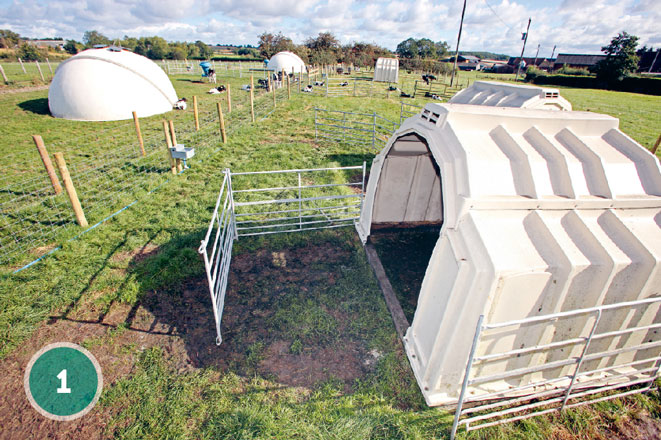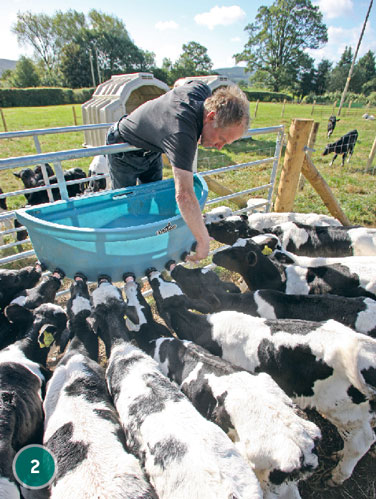Pneumonia Hit Squad: David Evans, Boycott Farm, Shropshire
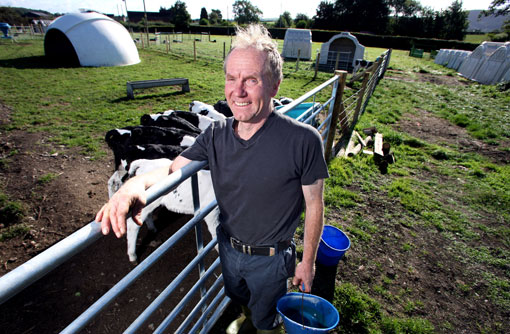
As a follow-up from Farmers Weekly’s Youngstock: Stop the Loss campaign, a group of specialist advisors teamed up to form the Pneumonia Hit Squad and visited three producers to troubleshoot their calf-rearing systems.
The Hit Squad’s recommendations prove you don’t have to have a big, new set-up to get the best from your calves – it’s about making the most of the buildings you have. Aly Balsom reports from David Evans’ Boycott Farm in Yockleton, Shropshire.
How David Evans’ rearing system is set up
- 200 Holstein Friesians
- Closed herd until six years ago when Mr Evans began buying in cows to increase herd size
- Rears own replacements and sells British Blue cross Limousins as stores
- Encourages calves to drink colostrum immediately after birth
- Has invested in hutches and igloos and started rearing young calves outside
- Hutches can hold five baby calves and 12 in an igloo
- Planning permission for new 16ft high calf shed
Issues identified by David Evans
- Inappropriate buildings for rearing calves
- As the herd has expanded, building capacity for youngstock has reduced
- Unsure of building design for new calf rearing shed
- Main calf health problem from calves getting scours at 10-14 days old, and this developing in to pneumonia
- Once a calf has had pneumonia it is at a disadvantage
- Hutches can get wet
New building design
One of the main problems with a new build is that most farmers want it for multiple uses, which means the roof can be too high for young calves, explained Mr Williams.“The current plan for a 16ft calf shed is too high. If you have a 25% incline, this will mean the ridge is at 18-20ft – baby calves will be unable to produce enough heat to drive ventilation in this big space.”
“If you want to build a big shed, you could fill up space with straw bales to reduce the shed volume or partition off to keep different air spaces. For young calves, a 10-12ft roof height is ideal.”
The Hit Squad suggested “stepping” the height of the roof along the new shed, so half was at 12ft and half at 14ft.
“Older calves, of about 18 months, will be able to cope better in a 14-16ft high building as they will be more capable of ventilating the space,” Mr Williams explained.
Leaving one side of the shed open with gail breakers that pulled upwards, instead of downwards, would also aid ventilation, while protecting stock at calf level.
Mr Williams also said that, ideally, a calf shed should be sited up wind of the adult herd to reduce the chance of disease transmission.
Igloos and calf hutch set-up
Creating hardcore pads and rotating calves between fields will help to limit disease spread and prevent the ground from getting too wet, said Mr Potter.
“You could separate the field into four areas and create two hardcore bases in each – one for housing and one for milk feeding.”
Mr Williams said the system provided the flexibility to use hutches or igloos depending on how many calves were coming through the system. Two fields could then be used, and two rested, at the same time.
However, Mr Potter said it was important to monitor intakes, particular in the winter months, to ensure growth rates were not hit by feeding outside.
“You could continue to milk-feed calves outside in the igloos and then wean them into the new shed.
“By using the outside space for milk calves and the new building for older calves, it also means there’s less of an age span in the shed.”
1. This area could get very wet during the winter months. Split field into four and create two hardcore pads in each section, one for hutches/igloos and one for feeding. |
|---|
2.Monitor intakes in winter months to ensure growth rates not hit by feeding outside. |
1. Think about the stocking rate of baby calves – don’t put up buildings that are too big and too high.
- There is the general belief that big, open spaces are good for ventilation, but you need enough animals to create heat to drive air flow, as well as adequate inlet and outlet.
- It’s worse to understock baby calves than to overstock, as they will be unable to drive ventilation.
- The problem with large, open buildings come on a still day.
- An adult dairy cow will generate 12 times as much energy as a calf.
2. Buildings need both an inlet and outlet
- Anything above the eaves is an outlet, anything below the eaves is an inlet.
- If you improve air inlet, you must also improve outlet at the same time.
- The greater the height between the ridge and the eaves, the less inlet and outlet you need.
- Have no more than an inch gap between space boards in sheds for baby calves.
- Mono-pitch buildings are less easily ventilated as stagnant air can gather at the back.
3. Assess colostrum quality and quantity early on
- If you don’t give calves a solid grounding in immunity you will hit problems later on. You could treat calves well from three weeks of age, but if you haven’t got it right from the beginning, you’re fighting a losing battle. Undertaking blood immunoglobulin testing at seven to 10 days old can give an idea of whether you’re giving enough good-quality colostrum and if you are giving it adequately.
4. Ideally buildings should be built for a specific purpose
- Before putting up a new shed, decide what it is going to be used for – is it a shed for calves on milk or weaned calves? This will change how you set up drainage and other facilities.
5. Roofing material will effect how a building is ventilated
- Tin roof temperature will vary considerably with ambient temperature – the effect can be like that of a boiling kettle on a mirror, with condensation gathering and potentially dripping on to the beds below. “Tiger stripes” on the roof can be an indication of this problem.
- Thermo-cement is a more stable roofing material than tin.
A building containing animals on a still day ventilates by a phenomenom known as the “stack effect”. The animals drive this with the heat they produce.
This hot air rises within the building and tries to escape through a high-level outlet. This creates a negative pressure within the building, sucking clean, dry, cooler air into the building through inlets. Outlets are above eaves height and inlets are below eaves height.
Think of the movement of air in a livestock building in a similar way to the movement of air/smoke in a fireplace. The animals have a similar role to that played by the fire – enough animals are needed to create enough heat to push air up and out of the building outlet (chimney).
Both inlets and outlets are needed to allow air to be pushed up and out of the building and new fresh air to be drawn in. It’s essential you have both. The most common finding in buildings is a lack of high-level outlet.
See the Hit Squad in action on farm in this video, and read about our other case studies at Ridgend Farm, Worcestershire, and Combe Farm in Castle Combe, Wiltshire.
Meet the Hit Squad
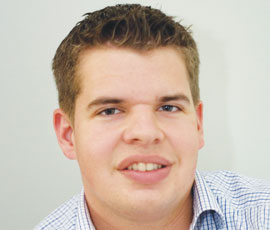 | 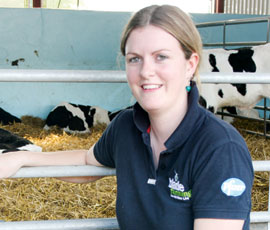 | 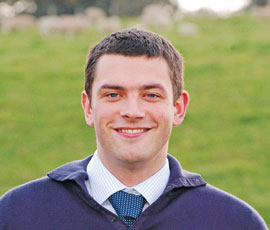 |
|---|---|---|
| Tim Potter is current chairman of the National Youngstock Association and is a practising vet and consultant with a specific interest in youngstock health. He has a PhD in the treatment of calf pneumonia. | Alexandra Robinson is Blade Farming’s resident calf-rearing expert. She visits the company’s contract calf rearers regularly to agree targets and plan future throughput. Her goal is consistently well-developed calves at an economical cost moving in excellent health to Blade finishers. | Matthew Williams is one of nine regional livestock vets at Pfizer Animal Health, whose role includes supporting veterinary practices and animal medicine suppliers in pursuing excellent animal health and welfare. He regularly speaks to farmer audiences. Calf pneumonia is one of Mr Williams’ special interests. |
Visit our Youngstock: Stop the Loss campaign page
Read our other case studies at Ridgend Farm, Worcestershire, and Combe Farm in Castle Combe, Wiltshire.

